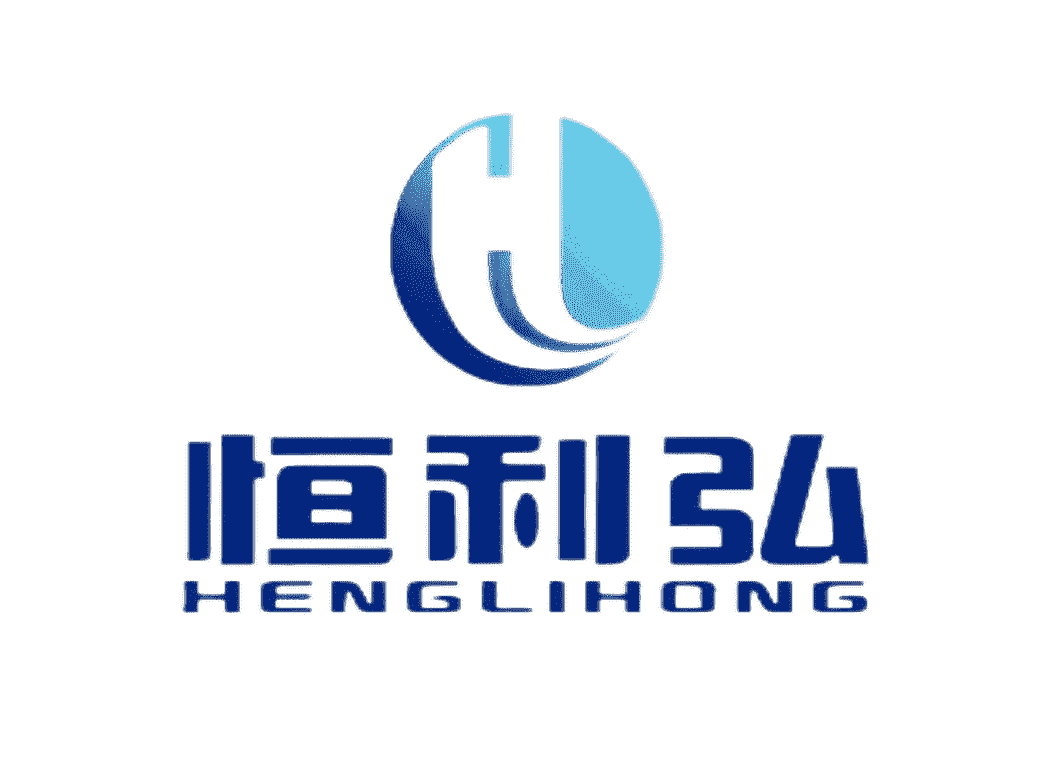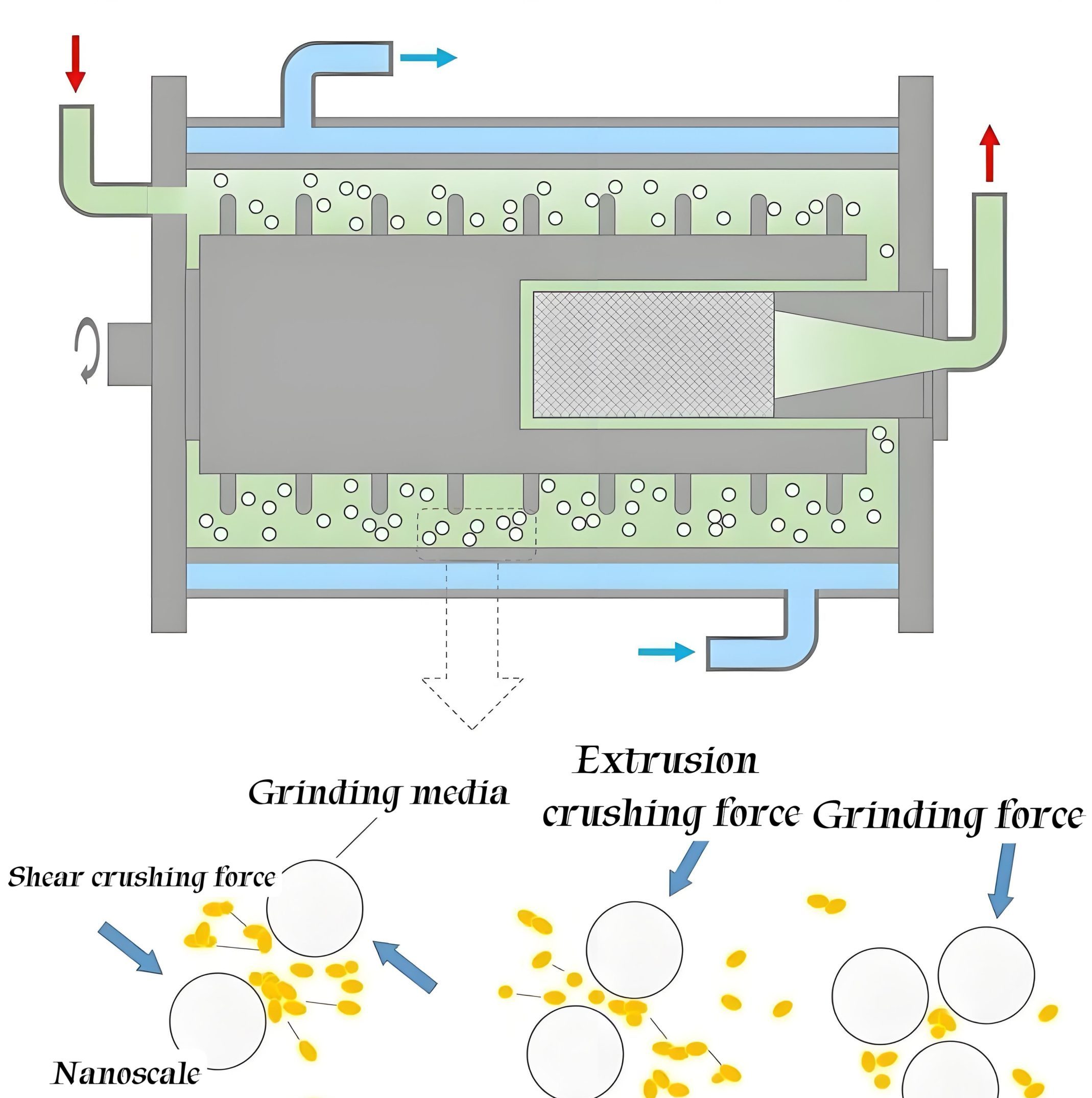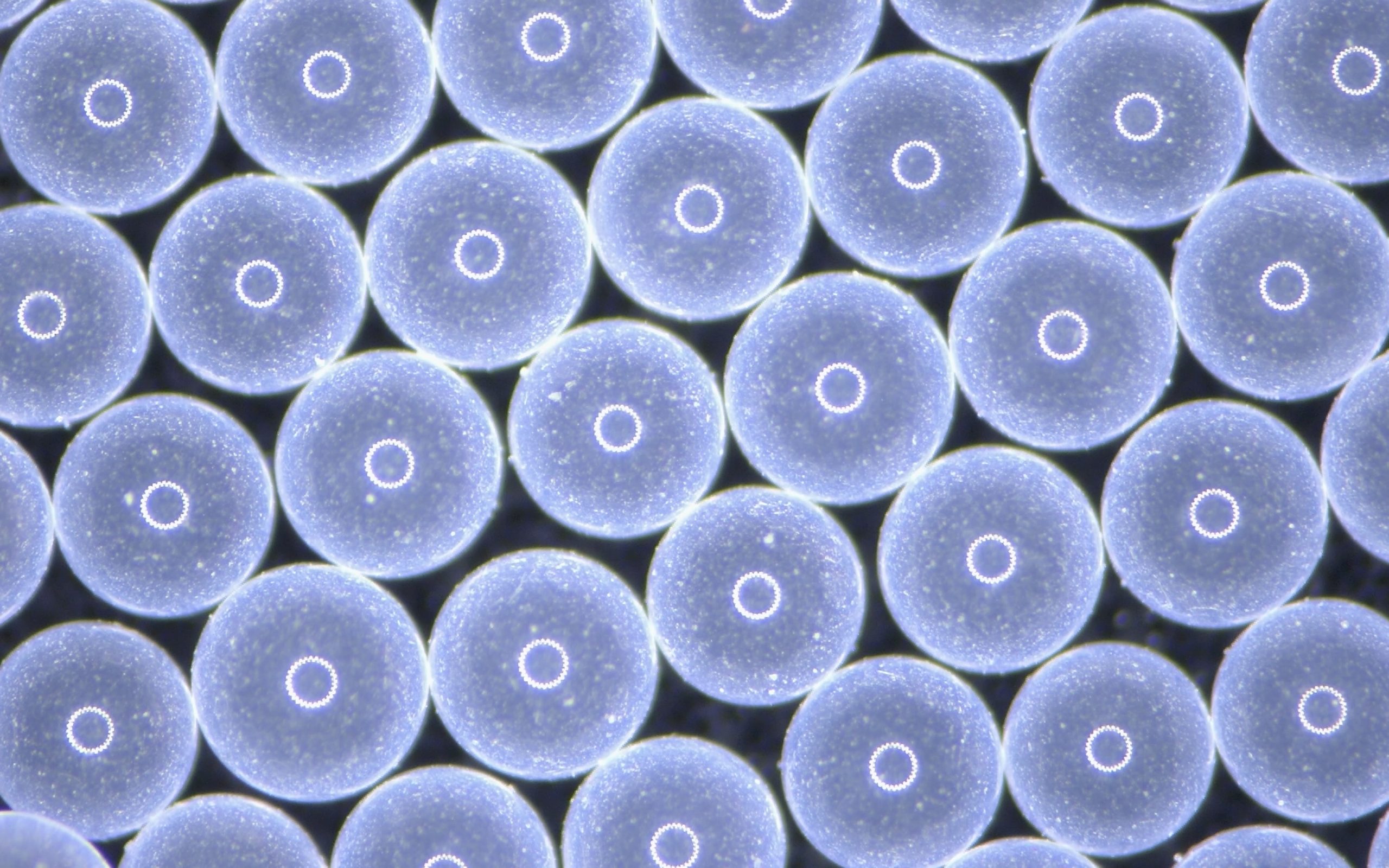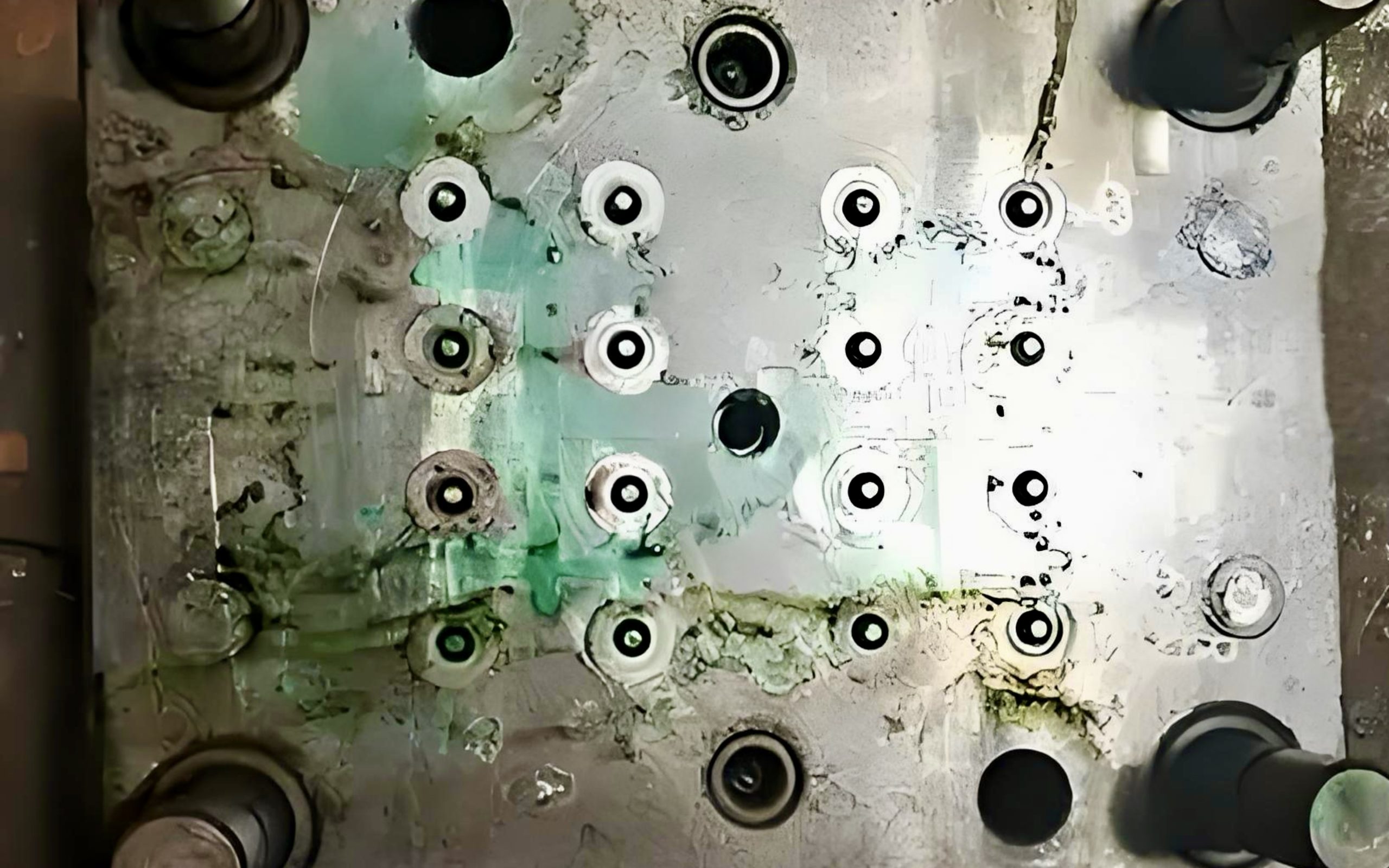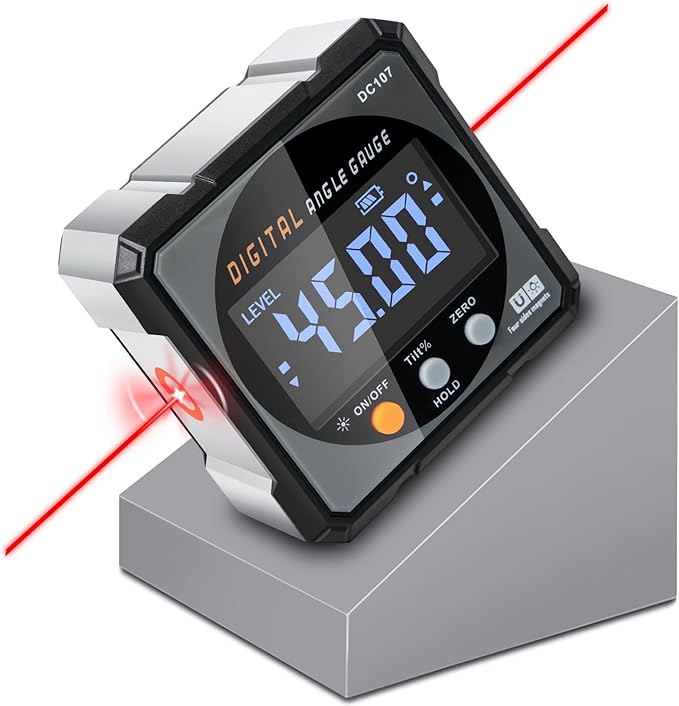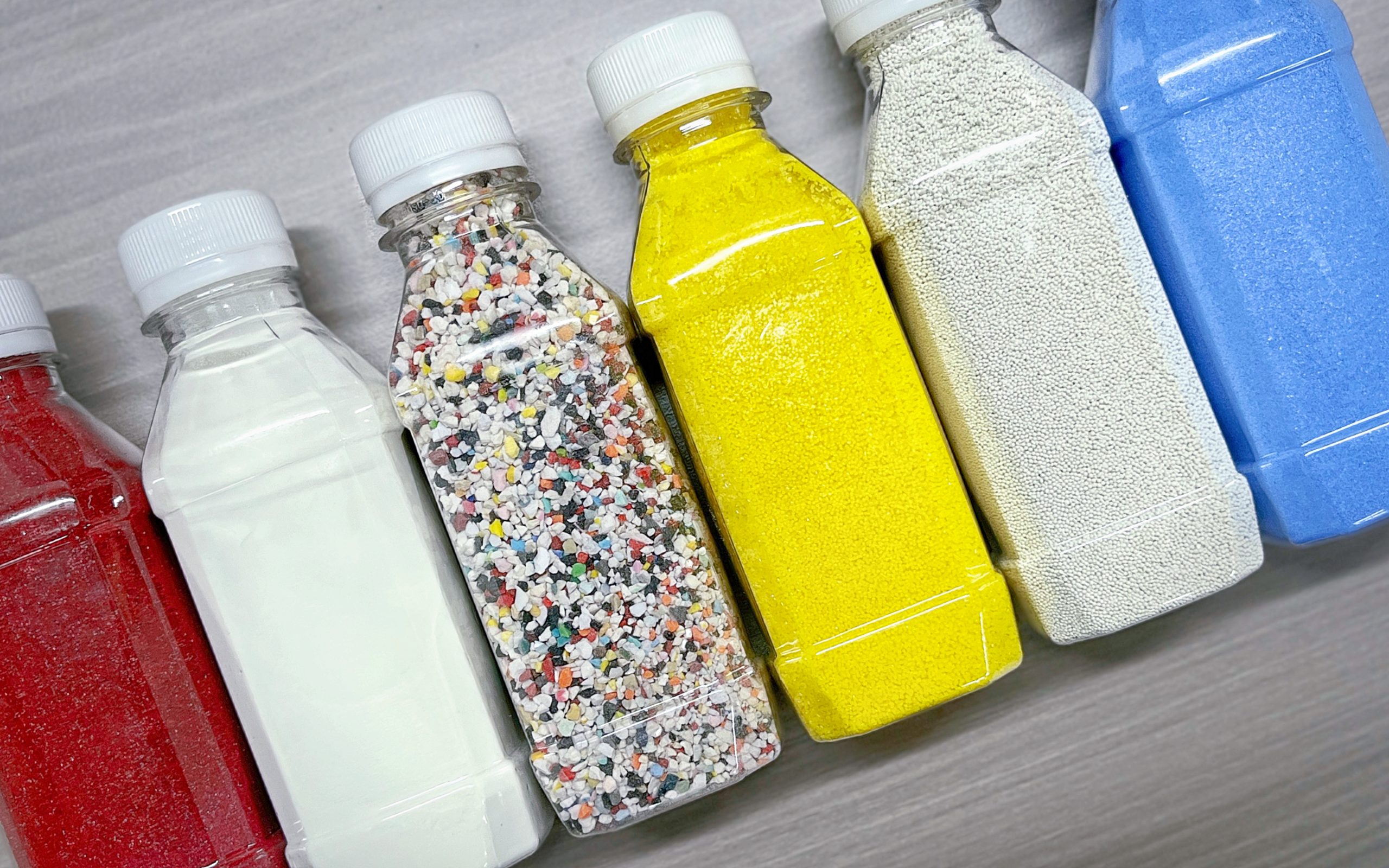How Yttria-Stabilized Zirconia Beads Are Revolutionizing Dispersion Grinding Technology
Апрель 1, 2025
In today’s high-tech manufacturing, the quality of material dispersion grinding directly determines the performance of the final product. Yttria-stabilized zirconia beads (YSZ) as a high-performance grinding medium are fundamentally changing the technical standards and application range in the dispersion grinding industry. This article explores the characteristics of this advanced material, its application scenarios, and the revolutionary changes it brings to various industries.

1. Basic Characteristics of Yttria-Stabilized Zirconia Beads
1.1 Material Composition and Structure
Yttria-stabilized zirconia beads are high-performance ceramic materials made from zirconia (ZrO2) with yttria (Y2O3) as a stabilizer. Their typical composition is:
- Zirconia (ZrO2): 94-97%
- Yttria (Y2O3): 3-6%
- Other trace elements: <1%
This composition provides the material with unique crystal structure and physicochemical properties.
1.2 Outstanding Advantages
Compared to traditional grinding media, yttria-stabilized zirconia beads offer the following significant advantages:
- Ultra-high hardness: Mohs hardness reaches 9.0+, approaching the hardness level of diamond
- Отличная износостойкость: Service life is 3-5 times that of ordinary zirconia beads
- High density: 6.0-6.1g/cm³, providing higher kinetic energy transfer efficiency
- Химическая стабильность: Remains inert in extreme pH environments and does not contaminate the ground materials
- Thermal stability: Does not undergo phase transformation at high temperatures, maintaining stable performance
2. Application Fields of Yttria-Stabilized Zirconia Beads in Dispersion Grinding
2.1 Electronic Materials Manufacturing
In the preparation of lithium battery materials, electronic ceramics, and conductive pastes, yttria-stabilized zirconia beads can:
- Grind cathode material powders to nanoscale, improving battery energy density and cycle performance
- Ensure uniformity and precision of electronic ceramics, reducing defect rates in electronic components
- Improve the dispersion of conductive pastes, enhancing conductivity performance
2.2 Fine Chemicals
In the production of pigments, coatings, and specialty chemicals:
- Achieve efficient dispersion of ultrafine pigments, improving color saturation and coverage
- Effectively disperse nanoscale additives, enhancing product performance and stability
- Significantly reduce batch-to-batch variations, improving product consistency
2.3 Pharmaceuticals and Biotechnology
In drug delivery systems and biopharmaceuticals:
- Achieve precise size control of drug particles, improving bioavailability
- Enhance stability and uniformity of biopharmaceuticals
- Reduce contamination risks during production, meeting GMP requirements
2.4 Advanced Ceramic Materials
In high-performance ceramic manufacturing:
- Achieve uniform dispersion of ultrafine powders, improving sintering density
- Reduce defect rates and improve mechanical properties of final products
- Shorten production cycles and improve production efficiency
3. Application Process and Technical Parameters
3.1 Optimal Process Parameters
Bead Diameter: Recommended range is 0.1-3.0mm, which should be selected according to the characteristics of the material being ground. Smaller diameters provide finer grinding effects but increase energy consumption and costs.
Filling Rate: Suggested to be controlled between 70-85%. Excessive filling rates lead to increased collisions between beads and decreased efficiency; too low rates result in insufficient grinding efficiency.
Rotation Speed: Generally between 1000-3000rpm, depending on equipment type and grinding requirements. Higher speeds improve efficiency but increase wear and energy consumption.
Grinding Time: Typically 0.5-4 hours, closely related to the required final particle size. Excessive grinding time may lead to over-grinding or changes in material properties.
Cooling Temperature: Should be maintained below 40°C to avoid thermal deformation or performance deterioration of materials due to overheating.


3.2 Equipment Compatibility
Yttria-stabilized zirconia beads are suitable for various grinding equipment, including:
- Vertical sand mills
- Horizontal sand mills
- Stirred ball mills
- High-speed dispersers
- Nanoscale wet grinding mills
4. Industrial Case Analysis
4.1 Lithium Battery Material Grinding
A lithium battery manufacturer replaced traditional alumina beads with yttria-stabilized zirconia beads and achieved the following results:
- Cathode material D50 value reduced from 5μm to 0.8μm
- Battery capacity increased by 18%
- Grinding media consumption reduced by 65%
- Product consistency improved to 99.5%
4.2 High-end Pigment Production
An internationally renowned pigment manufacturer using yttria-stabilized zirconia beads achieved:
- 40% improvement in pigment dispersion
- 15% increase in color saturation
- Reduction of batch-to-batch variation to <1%
- 30% improvement in production efficiency
5. Future Development Trends and Challenges
5.1 Technology Trends
- Ultra-miniaturization: Development of microbeads with diameter <0.05mm
- Composite Materials: Development of new yttria-stabilized zirconia composite materials to further improve performance
- Intelligent Manufacturing: Combining AI technology to optimize grinding parameters and process control
- Environmental Protection: Development of more environmentally friendly production processes and recycling technologies
5.2 Challenges
- High costs limit widespread adoption in some low-end applications
- Recycling and reuse technologies need further development
- Standardization and quality control systems need improvement
6. Conclusions and Recommendations
Yttria-stabilized zirconia beads represent the highest level of dispersion grinding technology, bringing revolutionary changes to multiple industries with their excellent performance. Although the initial investment cost is high, the economic benefits are significant from the perspective of full life cycle and product quality improvement.
For high-tech materials manufacturing enterprises, recommendations include:
- Select appropriate specifications of yttria-stabilized zirconia beads according to specific applications
- Optimize process parameters to maximize grinding efficiency
- Establish comprehensive bead recovery and reuse systems
- Collaborate with professional suppliers to obtain technical support and training
With technological progress and increasing market demand, yttria-stabilized zirconia beads will play a key role in a wider range of fields, driving dispersion grinding technology toward higher precision, higher efficiency, and more environmentally friendly directions.
Фильтры

